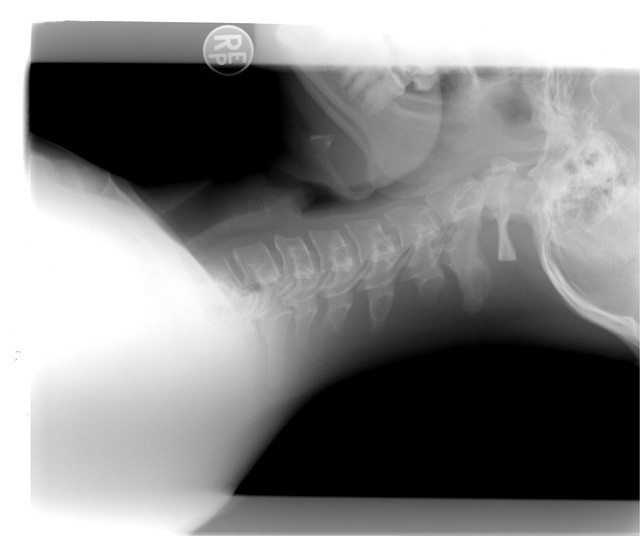In 2013, the study conducted by Teixeira, et. al., aimed to investigate the immediate effects of a single anteroposterior mobilization of the talus on active dorsiflexion range of motion (ROM) in individuals with various orthopedic foot and ankle injuries.
Thirty participants, both male and female, aged between 18 and 50 years with unilateral orthopedic foot and ankle dysfunction were included in the study. Each participant’s active dorsiflexion ROM was measured three times for both ankles: at baseline, after the first treatment, and after the second treatment. Participants were divided into two groups: one received joint mobilization, while the other received manual contact (control) on the affected ankle. A biplanar goniometer was used for the measurements with participants positioned prone and their knees flexed at 90°.
Both the joint mobilization and manual contact groups exhibited an increase in active dorsiflexion ROM. However, the increase in dorsiflexion ROM was more pronounced in the joint mobilization group compared to the control group.
While a single session of talus mobilization resulted in greater improvement in dorsiflexion ROM compared to manual contact, the difference was not statistically significant. This suggests that the technique may offer some immediate benefits for individuals with orthopedic ankle and foot dysfunctions, but further research is needed to confirm its efficacy.
Reference: Teixeira, L. M., Pires, T., Silva, R. D., & de Resende, M. A. (2013). Immediate effect of a single anteroposterior talus mobilization on dorsiflexion range of motion in participants with orthopedic dysfunction of the ankle and foot. Journal of Manipulative and Physiological Therapeutics, 36(6), 369-375.




